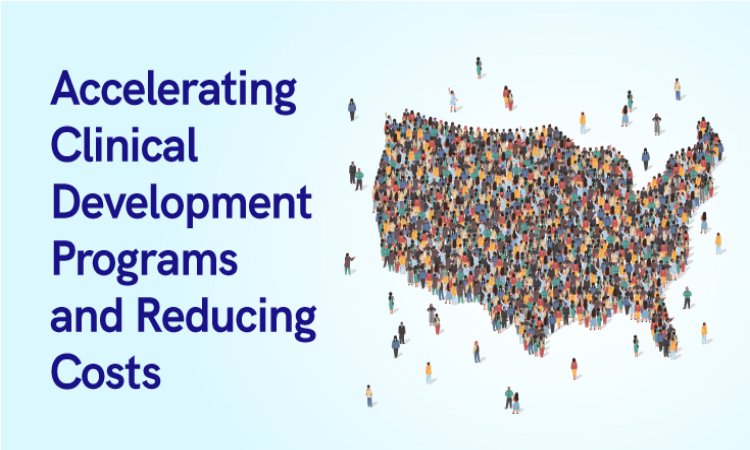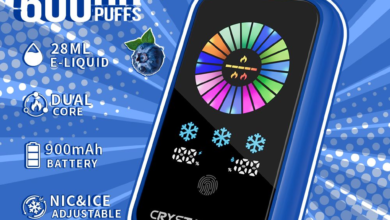
Accelerating Clinical Development Timelines Without Compromising Quality
Clinical development is a long-term process, and it takes 10 to 15 years, starting from the drug discovery to market the product. However, the total time of development varies depending on the techniques adopted, and knowledge and experience have similar types of drug development. Only 8% to 10% of drug categories reach from preclinical stages to approved drug products by the FDA. The drug development phases go through a series of stages to get approval for confirming the safety and efficacy.
Table of Contents
Clinical development life cycle with efficacy and timeliness
- Discovery and drug development (2-6 years)
Researchers begin a study on exploring a new drug through a two-tier process that is discovery and development. Many molecular compound tests are done to find out the beneficial effects on controlling impactful diseases. The best dosage and best way of application are essential to be identified at this stage for timely implementation.
- Preclinical Research (1-2 years)
Preclinical research studies are done based on two categories: in vitro (testing outside the living organism) or in vivo (testing within the living organism). The researcher who considers the GLP guidelines (Good Laboratory Practice) as stipulated by the FDA for maintaining compliance passes through the final approval process without any complexities.
- Clinical Research (6-7 years)
Preclinical research clears the basic ideas of drug safety and its application. Clinical research is conducted on the people to understand the applicability of the drug in the long run. Clinical research requires proper design of clinical trials, investigation of new drug processes, FDA licensing, and review to avoid unnecessary delays.
- FDA post-marketing drug safety monitoring (1-2 years)
The FDA team reviews all submitted data thoroughly to approve or disapprove the drug product in the market. Filing an application with the detailed report of preclinical research and clinical research for review and approval from the FDA is essential for shortening the timeframe.
Timely clinical development without compromising quality
With the right optimization approach in the preclinical research stage, pharma companies can reduce the time of development by 40% without compromising the efficacy.
- Many companies adopt the front load investment and run the parallel process rather than conducting it sequentially to achieve the timeliness of drug development.
- Eliminating unnecessary complexities, optimizing resource management, and cutting costs by identifying upcoming resource bottlenecks reduces the overall time of development.
- Some companies adopt a preferred supplier approach rather than open tender procurement to shorten the time frame.
The clinical development through the innovative approach that can yield the best results. Readiness in adopting new technologies and optimizing the entire process are key to the success of clinical development. Digitalization, automation, and machine learning are also pivotal for accelerating the development process faster without compromising the quality. Organizations like Allucent are helping speed up the process by making clinical development smarter, quicker, and in line with the rules.
Frequently Asked Questions
How long does clinical development take to complete?
Normally, it takes 10-15 years to complete the drug development and market the product.
Why does much clinical development take time?
Clinical development takes time because it has to pass through four stages of development and finally get approval from the regulatory authority.
What should be adopted for timeliness without compromising quality?
Clinical development through optimization of resources, innovative technology adoption, eliminating complexities, and maintaining compliance with regulatory guidelines are the keys to clinical development without compromising quality.








